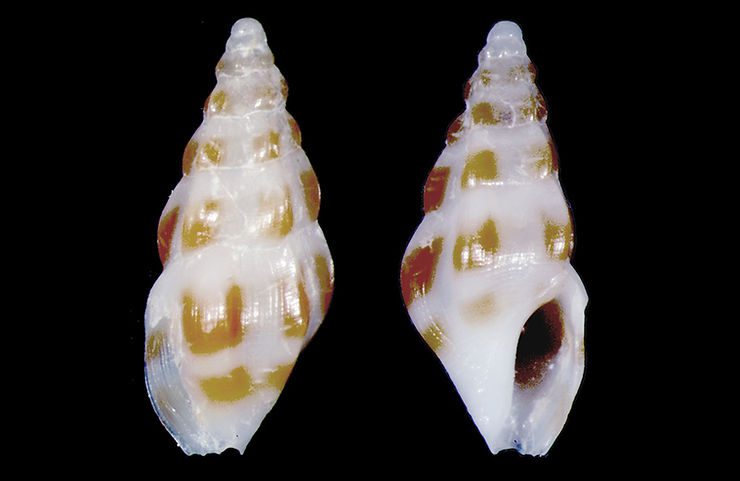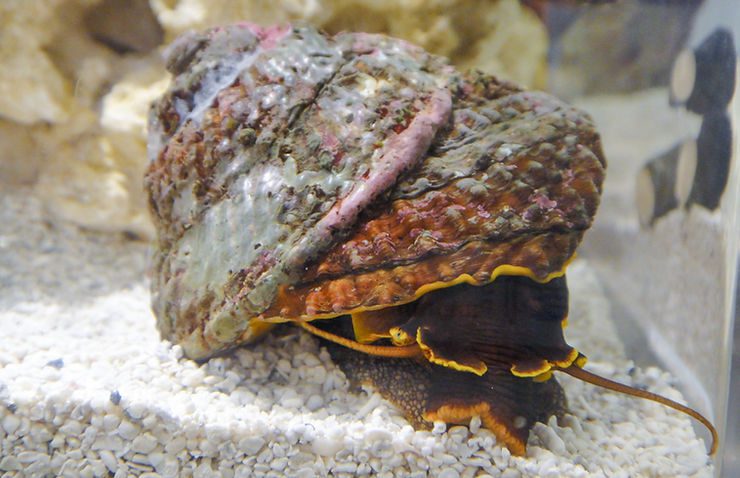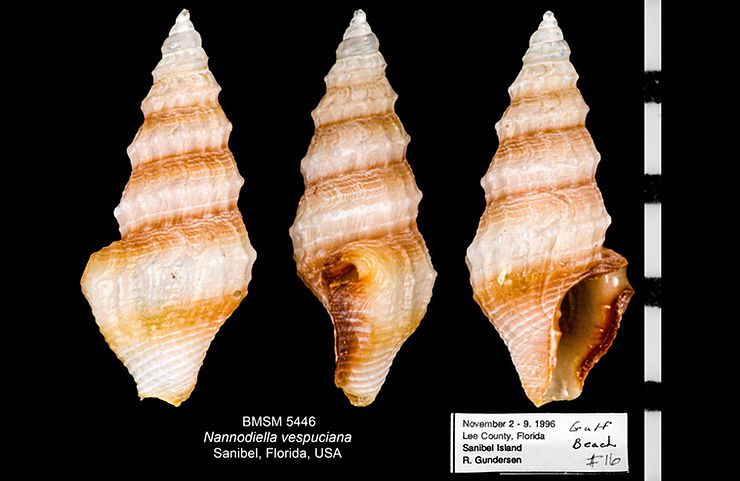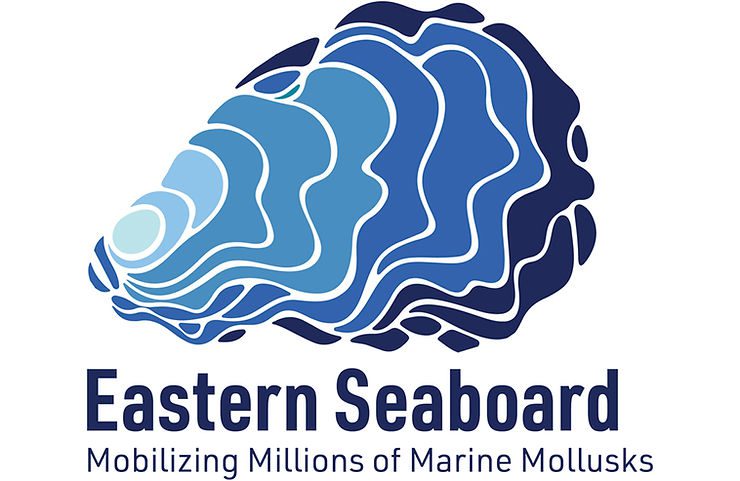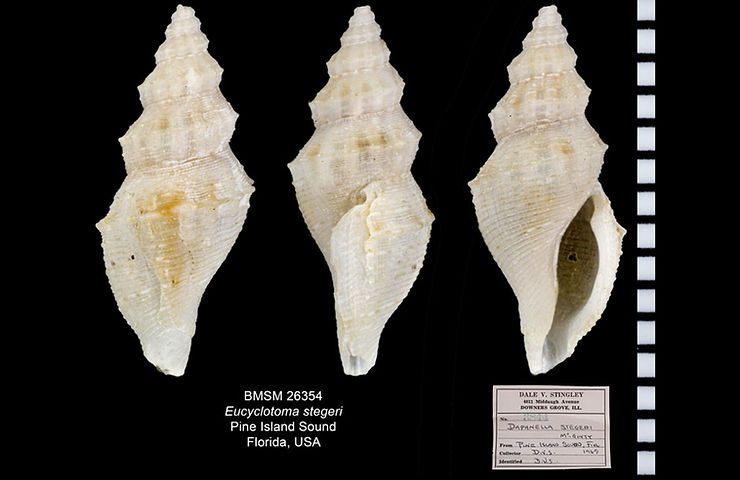
Shell of the Week: The Cuban Vitrinella
Cyclostremiscus cubanus (Pilsbry & Aguayo, 1933) is a very small member of the family Tornidae. The shell reaches only about 1.5 mm (0.06 inch) in diameter! The shell is disk-shaped, with a sculpture of three strong keels with moderately deep interspaces between them, with the abapical (away from the apex, in this case the “center” of the shell) one most prominent. Umbilicus large, base with a strong additional keel that forms the “lower” angle of the aperture. A series of well-spaced radial rib
